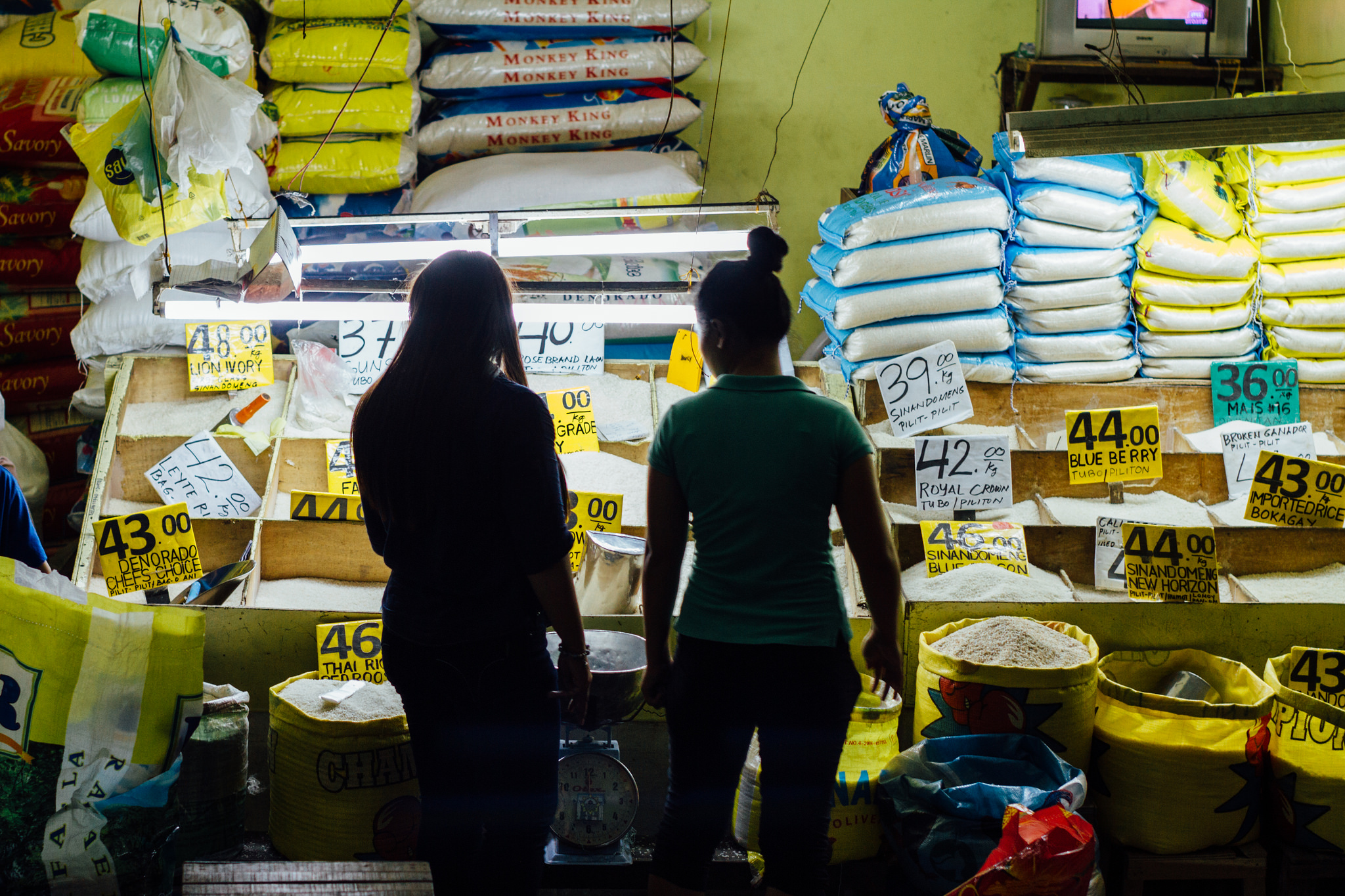
MANILA — The cash assistance for farmers to address the impact of the Rice Tariffication Law (RTL) will cover only the most affected ones, Finance Secretary Carlos Dominguez III said on Wednesday night.
During a press briefing after the meeting of the Economic Development Cluster (EDC) in Manila, Dominguez said officials of the Department of Agriculture (DA) did not bring up the issue of rice tariffication at the meeting but the group discussed the issue of the cash transfer for affected sectors.
The Finance chief said he has received reports that not all areas in the country experienced a drop in the farmgate price of rice so it has been raised that the cash aid will be given only to the most affected farmers.
He also noted that based on statistics, the rice prices in Mindanao “seem to be holding up.”
Dominguez said authorities are still checking the reports.
“They’re still determining who are the most affected farmers and determining how much they will provide assistance to them,” he added.
Dominguez said authorities are also checking on where to source the budget for the cash assistance.
Reports said the farmgate price of rice has declined by about PHP7 per kilo from an average of about PHP20 per kilo at the start of the year following the RTL which took effect last March.
Last year, the government pushed for rice tariffication to end the quota system and boost domestic supply after the low rice supply resulted in the uptick in the price of the staple food and surge of inflation rate to 6.7 percent in September and October last year.
Due to the elevated inflation rate last year, the Bangko Sentral ng Pilipinas (BSP) slashed its key policy rates by a total of 175 basis points.
The government boosted domestic rice supply, among others, by releasing rice stocks from all National Food Authority (NFA) warehouses nationwide.
The combination of these monetary and non-monetary measures has resulted in the drop of inflation rate to 0.9 percent last September, which brought the nine-month average to 2.9 percent, at the lower half of the government’s 2- percent to 4-percent target band.
Dominguez said authorities are also considering to give beneficiaries of the Pantawid Pamilyang Pilipino Program (4Ps) rice as part of the subsidy.
“That is a logistics problem so they are working it out with the DSWD (Department of Social Welfare and Development) and the NFA,” he said.
Also among the issues raised in the implementation of rice tariffication are the safeguard duties, with some sectors calling for higher rice tariff to protect local farmers from the flood of imported rice.
Agriculture Secretary William Dar earlier said they plan to abandon the imposition of safeguard duties and instead want to extend a one-time PHP5,000 cash assistance to farmers.
Trade and Industry Secretary Ramon Lopez said the safeguard duties will increase prices and, in turn, make inflation faster.
Dominguez said this issue was also not discussed during the EDC meeting but noted that “apparently they (DA officials) don’t have the confidence in pushing this idea and maybe they don’t have all the numbers to their satisfaction.”
“To understand, all of this decision-making has to be data driven, okay. I’m sure the DA is looking at the data so we’ll certainly listen to them, if and when they bring it back,” he added.